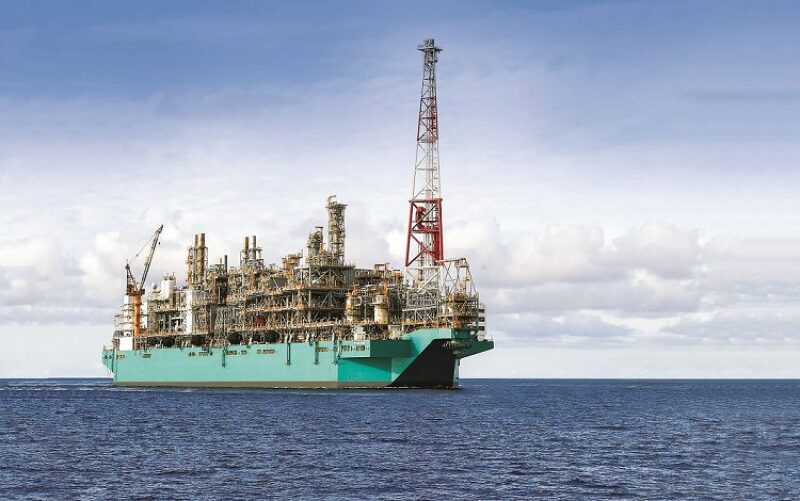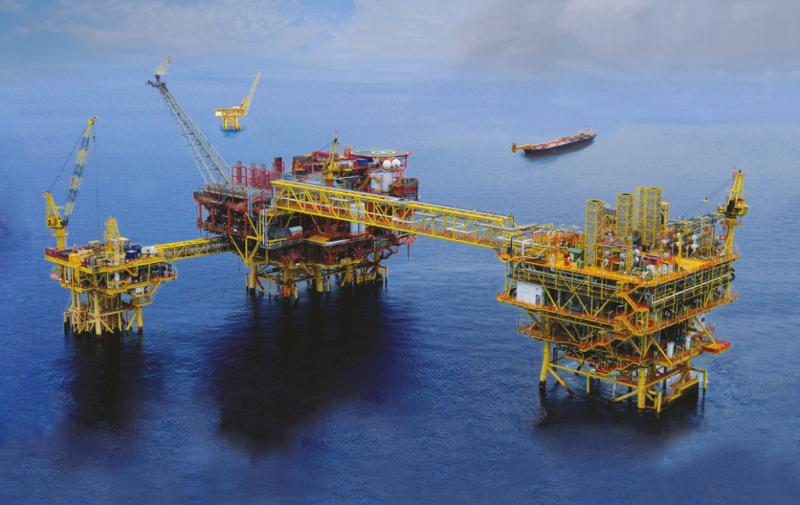As Malaysia’s largest company, chief revenue generator, and primary energy producer, Petronas has a keen interest to develop hydrocarbons wherever it can find them.
This means Petronas is looking within its home country, around Southeast Asia, and to the Americas in an effort to maintain its forecast average yearly production of 1.7 million BOE/D over the next 5 years. It is also exploring new partnerships with other global operators that offer regional and technical expertise.
Petronas, whose upstream portfolio consists primarily of natural gas, wants to both accelerate its exploitation of the hydrocarbon and add more oil to the mix.
Back home, the integrated company—the world’s third-largest LNG seller—continues to target domestic gas to leverage its control of the gas value chain all the way to its petrochemical and LNG liquefaction plants. Petronas’ LNG facilities include its 30-million tonnes/annum (mtpa) complex in Sarawak, and the world’s first floating LNG facility, the 1.2-mtpa PFLNG Satu. A second floating LNG facility is expected to be ready for sail away by 2020.
The company is taking advantage of a growing Southeast Asia gas market, counting Japan, Korea, Taiwan, “and increasingly China” as major LNG customers, said Adif Zulkifli, Petronas executive vice president and chief executive officer of gas and new energy, on the sidelines of a recent SPE forum in Kuala Lumpur.
Adif said one of Petronas’ primary goals is to turn Malaysia’s large inventory of contingent resources into proved reserves. The company has worked “to intensify exploration activities in Malaysia,” and it’s seeking to bring more partners into the fold: The country recently revised terms in its deepwater production-sharing contracts to attract more international participation. “We are quite progressive in terms of attracting investment, and that has brought in some new plays into the space,” he said.
Adif believes “there is much potential within the deep waters of Sabah that is still left untapped and remains very attractive to investors.” Last year, the Total-operated Tepat-1 well in deepwater Sabah tested a frontier Miocene carbonate buildup “and is believed to have found oil and gas, though commerciality is uncertain and the results are being kept very tight,” according to a report from research consultancy Westwood Global Energy. “Tepat demonstrates that explorers are still testing new plays in the region and that a breakthrough could yet happen.”
Elsewhere in Southeast Asia, said Adif, the company hopes to soon monetize its operated deepwater Kelidang cluster project off Brunei, continue exploratory work on the recent onshore Sakakemang discovery in Indonesia, and improve recovery from its Yetagun block off Myanmar. Petronas farmed in to the Sakakemang block in January, a month before operator Repsol announced the discovery, which comes with a preliminary estimate of 2 Tcf in recoverable resources. Petronas also intends to explore the deepwater Moattama Basin off Myanmar and frontier areas off East Indonesia, he added.

Westward Expansion
Outside of the Asia-Pacific region, the company has pivoted toward the Americas with the intention of becoming a little bit oilier through its positions in Argentina’s Vaca Muerta Shale and the Mexican sector of the Gulf of Mexico.
The Mexico opportunity allows Petronas to “create a strong footprint” in a country that previously wasn’t open to foreign investment, said Emeliana Rice-Oxley, Petronas vice president, exploration, upstream, during the recent CERAWeek conference held in Houston by IHS Markit. “And that provides us the opportunity to be the first in line,” particularly in the underexplored deep waters. For that reason, the company has “invested a lot in data” in Mexico, she said, as it prepares for growth there.
Petronas has interests in 10 blocks—five as operator—in Mexico’s shallow and deep waters.
The political changing-of-the-guard in Mexico with the new administration of President Andrés Manuel López Obrador, however, has made things more challenging for international companies. After taking office in December, Obrador suspended oil and gas auctions until the country begins to see results, or more investment and production, from energy reform. While existing contracts are being honored, Adif expects “a lot more scrutiny” from the government. But Petronas, like other operators there, will just have to work through it, he added.
Petronas and Argentina’s state-owned YPF recently approved a 30-year master development plan in the emerging Vaca Muerta. The companies are investing to develop the La Amarga Chica block, which could produce 54,000 BOE/D by 2022, the company said.
In Canada, Petronas and its partners own 52 Tcf of gas reserves and contingent resources in the North Montney Shale. But the challenge in the Americas, Adif said, is finding access to market. “We are waiting for more LNG projects to be sanctioned so we can actually move the gas,” he said. Last year, Petronas bought a 25% stake in the LNG Canada project after previously scrapping the Pacific NorthWest LNG project in 2017.
“We will be in the Americas for a very, very long time given the investments that we’ve made,” said Rice-Oxley. “Certainly we are looking at growing beyond what we currently have in the Americas—onshore US, for example, is also an area that we’re looking at.”
The company is also expanding its presence in the Middle East and West Africa. Petronas last year farmed in to Oman’s Khazzan Field, where work is under way to add 500 MMcf/D of gas output by 2021 to current production of 1 Bcf/D.
In Gabon’s ultra-deep waters, Petronas in 2018 encountered 90 m of gross high-quality hydrocarbon-bearing pre-salt sands via its Boudji-1 exploration well on Block F14 (Likuale). “The team is continuing to explore the area to firm up the development concept” for the block, Adif said. Petronas also entered Senegal with its farm-in to Total’s Rufisque Offshore Profond block, where drilling is expected this year.

